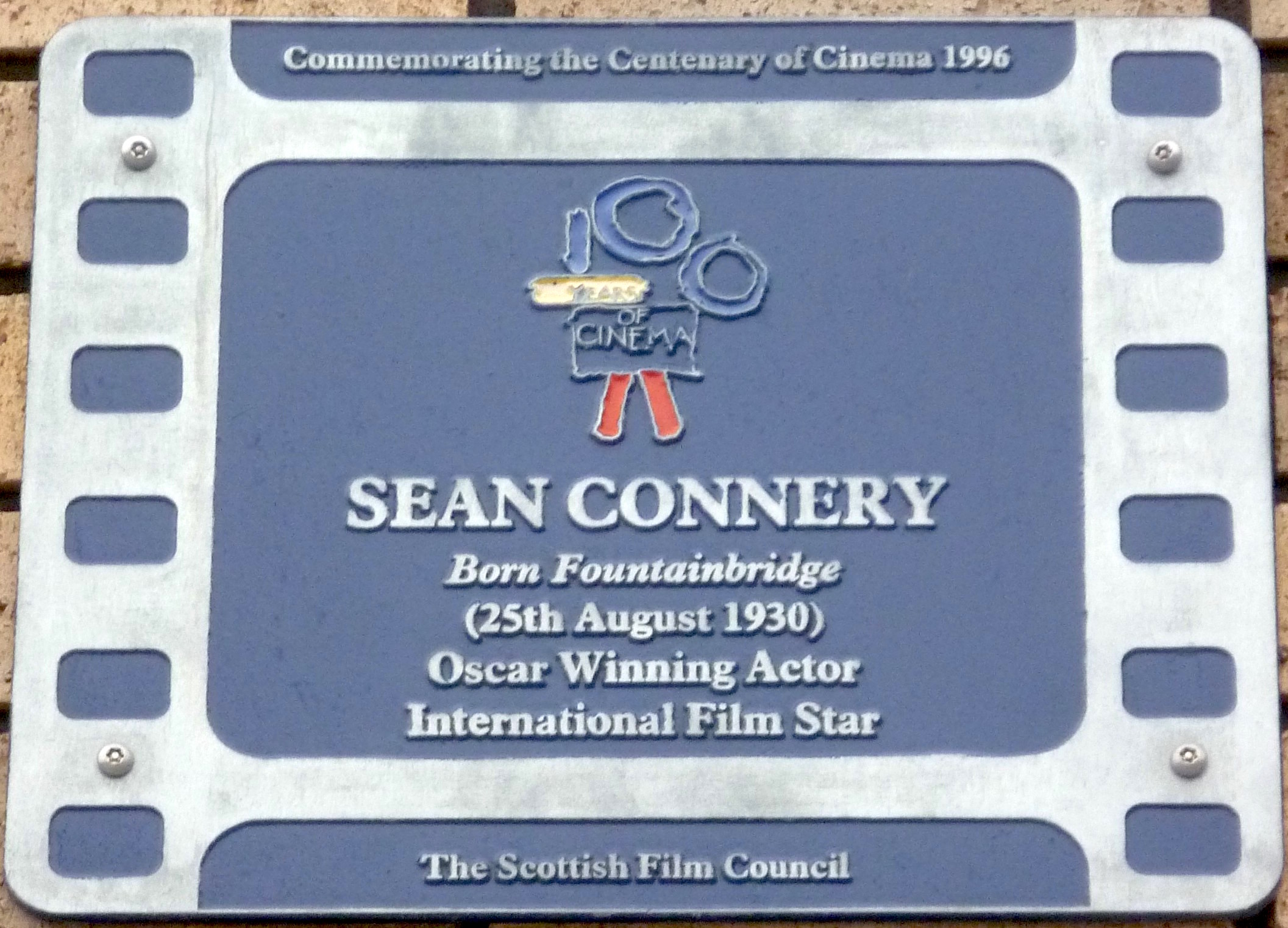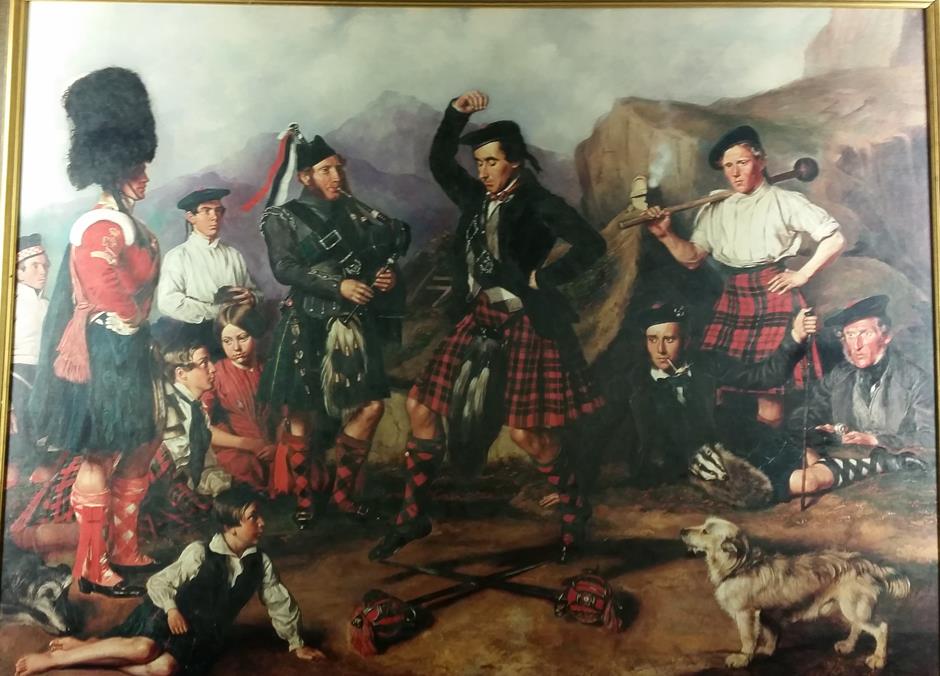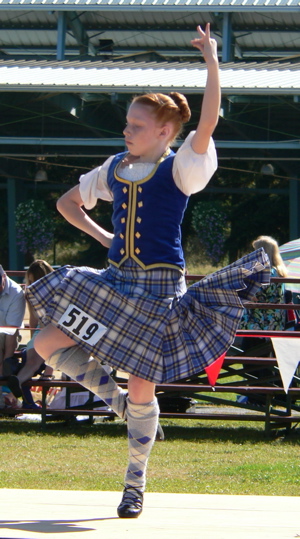|
Strathdon
Strathdon (; Gaelic: ''Srath Dheathain'') is an area in Aberdeenshire, Scotland. It is situated in the strath of the River Don, 45 miles west of Aberdeen in the Highlands. The main village in the strath is also called Strathdon, although it was originally called Invernochty due to its location at the confluence of the River Don and the Water of Nochty. Also included within the area of Strathdon is the settlement of Bellabeg which has many of the local community's main facilities. Strathdon is an informal geographical area. This means that there are no precise boundaries in terms of where it begins or ends. It is the founding place of the Lonach Highland and Friendly Society, and the Lonach Highland Gathering. This is a traditional Highland Gathering with the heavy sport events such as tossing the caber, hammer etc., and it also hosts a competition of Highland dancing. Dances include the noted ' Highland Fling', ' Sword Dance', 'Seann Triubhas' and 'Reel of Tulloch'. Notable ... [...More Info...] [...Related Items...] OR: [Wikipedia] [Google] [Baidu] |
Lonach Highland And Friendly Society
The Lonach Highlanders are members of The Lonach Highland and Friendly Society, made up of men from the Strathdon area of Aberdeenshire in Scotland. The society was formed in 1823. The principal aims of the Society are the preservation of Highland Dress and the Gaelic language; to support loyal, peaceable manly conduct and the promotion of social and benevolent feelings among the inhabitants of this district. However the Strathdon (and Aberdeenshire) dialect of Gaelic has become extinct since their formation so it is arguable how successful they have been in that aim. It was further agreed to open a fund for distressed members and their families. Unlike the Atholl Highlanders, the Lonach Highlanders have never been presented with colours, and are not considered a military unit. However they do carry the society colour and two banners ensigned "LONACH". The Highlanders parade annually during the annual Lonach Highland Games and Gathering, held on the 4th Saturday of August, ... [...More Info...] [...Related Items...] OR: [Wikipedia] [Google] [Baidu] |
River Don, Aberdeenshire
The River Don ( gd, Deathan) is a river in north-east Scotland. It rises in the Grampians and flows eastwards, through Aberdeenshire, to the North Sea at Aberdeen. The Don passes through Alford, Kemnay, Inverurie, Kintore, and Dyce. Its main tributary, the River Ury, joins at Inverurie. Course of the river The Don rises in the peat flat beneath ''Druim na Feithe'', and in the shadow of Glen Avon, before flowing quietly past the ice-age moraine and down to Cock Bridge, below the picturesque site of the recently demolished Delnadamph Lodge. Several streams, the Dhiver, Feith Bhait, Meoir Veannaich, Cock Burn and the Allt nan Aighean merge to form the embryonic Don. Water from the north of Brown Cow Hill () drains into the Don, while water from the west side runs into the River Spey and that from the south side into the Dee. The Don follows a circuitous route eastwards past Corgarff Castle, through Strathdon and the Howe of Alford before entering the North Sea just north ... [...More Info...] [...Related Items...] OR: [Wikipedia] [Google] [Baidu] |
Water Of Nochty
The River Don ( gd, Deathan) is a river in north-east Scotland. It rises in the Grampians and flows eastwards, through Aberdeenshire, to the North Sea at Aberdeen. The Don passes through Alford, Kemnay, Inverurie, Kintore, and Dyce. Its main tributary, the River Ury, joins at Inverurie. Course of the river The Don rises in the peat flat beneath ''Druim na Feithe'', and in the shadow of Glen Avon, before flowing quietly past the ice-age moraine and down to Cock Bridge, below the picturesque site of the recently demolished Delnadamph Lodge. Several streams, the Dhiver, Feith Bhait, Meoir Veannaich, Cock Burn and the Allt nan Aighean merge to form the embryonic Don. Water from the north of Brown Cow Hill () drains into the Don, while water from the west side runs into the River Spey and that from the south side into the Dee. The Don follows a circuitous route eastwards past Corgarff Castle, through Strathdon and the Howe of Alford before entering the North Sea just north of ... [...More Info...] [...Related Items...] OR: [Wikipedia] [Google] [Baidu] |
Bellabeg
Bellabeg (an anglicisation of Scottish Gaelic: ''Am Baile Beag'', 'the small farmtown') is a small roadside settlement in Strathdon, Aberdeenshire, Scotland. Amenities in Bellabeg include a Spar SPAR, originally DESPAR, styled as DE SPAR, is a Dutch multinational that provides branding, supplies and support services for independently owned and operated food retail stores. It was founded in the Netherlands in 1932, by Adriaan van Well ... shop, a village hall, a green where the Highland Games are held, and the road to Lost with the famous signs pointing to "Lost". Bellabeg lies on the north side of the River Don opposite the village of Strathdon. See also * Doune of Invernochty External links [...More Info...] [...Related Items...] OR: [Wikipedia] [Google] [Baidu] |
Doune Of Invernochty
The Doune of Invernochty is a 12th-century castle in the Cairngorms National Park in Scotland, of which only earthworks survive. The Royal Commission on the Ancient and Historical Monuments of Scotland The Royal Commission on the Ancient and Historical Monuments of Scotland (RCAHMS) was an executive non-departmental public body of the Scottish Government that was "sponsored" inanced and with oversightthrough Historic Scotland, an executive ... (RCAHMS) note that it is "one of the finest examples of Norman earthwork castles in Scotland, and appears to be the sole Scottish example of a motte with Norman stonework on its summit." It is located at grid reference NJ352129, near Strathdon, Aberdeenshire (which used to be called Invernochty), near the confluence of the River Don and the Water of Nochty. Doune of Invernochty is a scheduled monument. The name derives from the Gaelic ''Dùn Inbhir Nochdaidh'' which means "fort at the confluence of the Nochty." The Doune of Inv ... [...More Info...] [...Related Items...] OR: [Wikipedia] [Google] [Baidu] |
Billy Connolly
Sir William Connolly (born 24 November 1942) is a Scottish actor, retired comedian, artist, writer, musician, and presenter. He is sometimes known, especially in his homeland, by the Scots nickname the Big Yin ("the Big One"). Known for his idiosyncratic and often improvised observational comedy, frequently including strong language, Connolly has topped many UK polls as the greatest stand-up comedian of all time. In 2022 he received the BAFTA Fellowship for lifetime achievement from the British Academy of Film and Television Arts. Connolly's trade, in the early 1960s, was that of a welder (specifically a boilermaker) in the Glasgow shipyards, but he gave it up towards the end of the decade to pursue a career as a folk singer. He first sang in the folk rock band The Humblebums with Gerry Rafferty and Tam Harvey, with whom he stayed until 1974, before beginning singing as a solo artist. In the early 1970s, Connolly made the transition from folk singer with a comedic perso ... [...More Info...] [...Related Items...] OR: [Wikipedia] [Google] [Baidu] |
Elizabeth II
Elizabeth II (Elizabeth Alexandra Mary; 21 April 1926 – 8 September 2022) was Queen of the United Kingdom and other Commonwealth realms from 6 February 1952 until her death in 2022. She was queen regnant of 32 sovereign states during her lifetime, and was head of state of 15 realms at the time of her death. Her reign of 70 years and 214 days was the longest of any British monarch and the longest verified reign of any female monarch in history. Elizabeth was born in Mayfair, London, as the first child of the Duke and Duchess of York (later King George VI and Queen Elizabeth The Queen Mother). Her father acceded to the throne in 1936 upon the abdication of his brother Edward VIII, making the ten-year-old Princess Elizabeth the heir presumptive. She was educated privately at home and began to undertake public duties during the Second World War, serving in the Auxiliary Territorial Service. In November 1947, she married Philip Mountbatten, a former pr ... [...More Info...] [...Related Items...] OR: [Wikipedia] [Google] [Baidu] |
Ewan McGregor
Ewan Gordon McGregor ( ; born 31 March 1971) is a Scottish actor. His accolades include a Golden Globe Award, a Primetime Emmy Award, and the BAFTA Britannia Humanitarian Award. In 2013, he was appointed Officer of the Order of the British Empire (OBE) for his services to drama and charity. His first professional role was in 1993, as a leading role in the British Channel 4 series '' Lipstick on Your Collar''. He then achieved international fame with his portrayals of heroin addict Mark Renton in the drama films '' Trainspotting'' (1996) and '' T2 Trainspotting'' (2017), Obi-Wan Kenobi in the ''Star Wars'' prequel trilogy (1999–2005), poet Christian in the musical film '' Moulin Rouge!'' (2001), SPC John Grimes in '' Black Hawk Down'' (2001), young Edward Bloom in '' Big Fish'' (2003), Rodney Copperbottom in '' Robots'' (2005), Camerlengo Father Patrick McKenna in ''Angels and Demons'' (2009), "the ghost" in Roman Polanski's political thriller '' The Ghost Writer'' ( ... [...More Info...] [...Related Items...] OR: [Wikipedia] [Google] [Baidu] |
Sean Connery
Sir Sean Connery (born Thomas Connery; 25 August 1930 – 31 October 2020) was a Scottish actor. He was the first actor to portray fictional British secret agent James Bond on film, starring in seven Bond films between 1962 and 1983. Originating the role in '' Dr. No'', Connery played Bond in six of Eon Productions' entries and made his final appearance in ''Never Say Never Again''. Following his third appearance as Bond in '' Goldfinger'' (1964), in June 1965 ''Time'' magazine observed "James Bond has developed into the biggest mass-cult hero of the decade". Connery began acting in smaller theatre and television productions until his breakout role as Bond. Although he did not enjoy the off-screen attention the role gave him, the success of the Bond films brought Connery offers from notable directors such as Alfred Hitchcock, Sidney Lumet and John Huston. Their films in which Connery appeared included '' Marnie'' (1964), ''The Hill'' (1965), ''Murder on the Orient Express'' ( ... [...More Info...] [...Related Items...] OR: [Wikipedia] [Google] [Baidu] |
Seann Triubhas
The Seann Triubhas (, approximately ) is a Highland Dance. Its name is a Gaelic phrase which means "Old Trousers". There has been a widely accepted story that the kicking or sweeping movements of the legs in the first step represented the attempt of the dancer to shake off the 'despicable' trews, but D.G. MacLennan writes in ''Traditional Highland and Scottish Dances'' that 'this first step has nothing to do with the idea of kicking off the trews, but...is new to the dance and was composed by myself'. The Seann Triubhas, then, is simply about a pair of old trews which may or may not have been a subject of distaste or fun to the wearer, and may or may not have something to do with the Jacobite Rebellion of 1745. Trews were anciently associated with the Celts. Martin Martin described trews as common men's wear throughout the Hebrides in his 1695 "Description of the Western Islands of Scotland." Tartan trews were part of the Highland wardrobe for chieftains and gentlemen whilst on ho ... [...More Info...] [...Related Items...] OR: [Wikipedia] [Google] [Baidu] |
Scottish Sword Dances
The Sword Dance is one of the best known of all Highland dances, an ancient dance of war. Performance of sword dances in the folklore of Scotland is recorded from as early as the 15th century. Related customs are found in the Welsh and English Morris dance, in Austria, Germany, Flanders, France, Italy, Spain, Portugal and Romania. * In ''Ghillie Callum'' or "Scottish sword dance" the dancer crosses two swords on the ground in an "X" or a "+" shape, and dances around and within the 4 quarters of it. * The dirk dance involves either one or two dancers, each holding a single dirk. History of the Scottish sword dance Origins Gillidh Callum was a figure in Scottish apocryphal folk belief, said to be Noah's bagpiper. According to these beliefs, Noah, upon first drinking fermented wine, crossed two vines and danced above them while Gillidh Callum played the bagpipes, thus inventing the ancestor of the Highland sword dance (''gillie callum''). Traditions As a part of the tradit ... [...More Info...] [...Related Items...] OR: [Wikipedia] [Google] [Baidu] |
Highland Fling
The Highland Fling is a solo Highland dance that gained popularity in the early 19th century. The word 'Fling' means literally a movement in dancing. In John Jamieson's 1808 ''Etymological Dictionary of the Scottish Language'', the Highland Fling was defined as 'one species of movement' in dancing, not as one particular movement. There is some speculation that the first solo Highland Fling dances simply showed off steps that individual dancers preferred in the Strathspey Reel, a social dance. This dance is now performed at dance competitions and events around the world. One goal of dancers today is to stay in the same spot throughout the dance. The Highland Fling is danced at almost all competition levels, from primary to premier. It is also performed for Highland and theory examinations. Dancers wear a kilt to perform the dance, which is in time. A version of a Fling in a percussive dance style was remembered and danced by John Gillis in Cape Breton Island, Nova Scotia, and th ... [...More Info...] [...Related Items...] OR: [Wikipedia] [Google] [Baidu] |
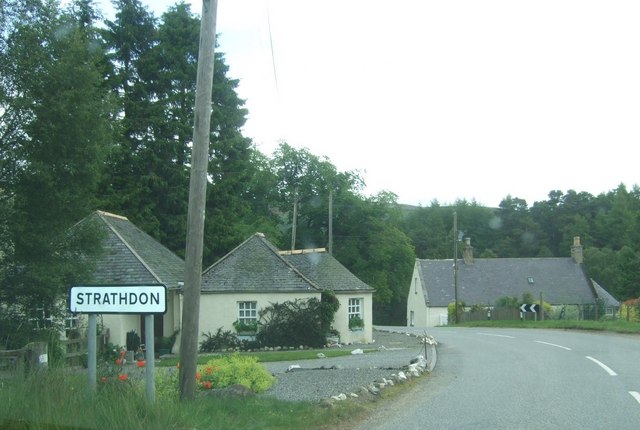


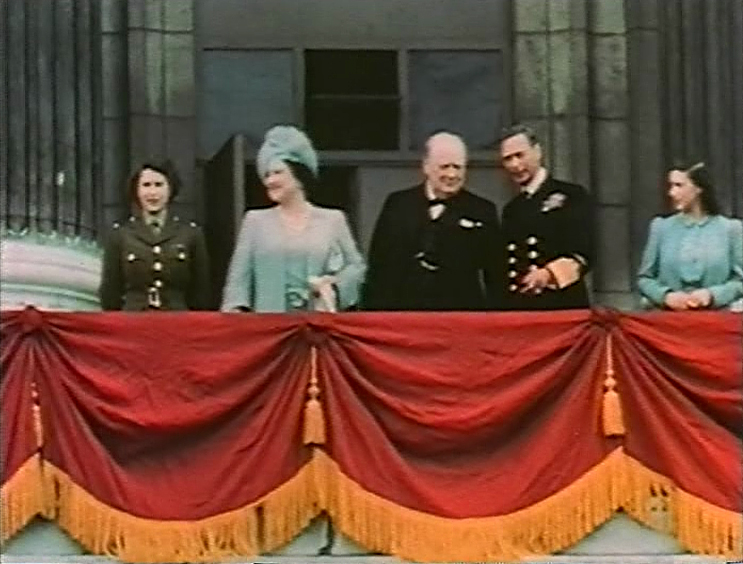
.jpg)
